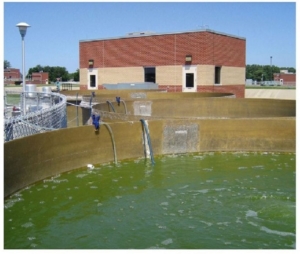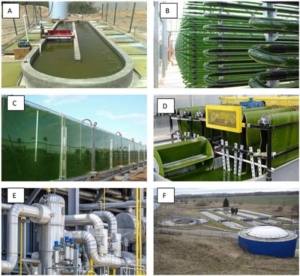Algae breeding pool
Algae breeding pool : Algae are simple plants that live in or around water, are considered as the simple seagrasses. One of the good properties of algae is that it can grow on both land and water. Algae culture is a type of aqueous culture that involves the cultivation of algal particles.
Algae is one of the best products to earn money, a plant with many properties and applications that are added to its applications every day.
Geomembranes are used to build such pools so that no chemical compounds enter the water and algae.

Algae applications:
Among the applications of algae in the food and confectionery industries
Production of anti-constipation cans
Macaroni
Yogurt and milk
water refinery
Provide fodder and animal feed supplements
As a fertilizer in agriculture
Aquatic food supply
Production of biofuel resources and wastewater treatment
Leather and textile
Making dentures in medicine can be mentioned.
Production of green fuel for greenhouses producing organic products

Parameters required for algae breeding:
Water: Water suitable for the growth and development of algae
Light: Algae, like plants, need light for growth and photosynthesis, except that they need less light and one-tenth of good light is enough for algae to grow. In most algae breeding systems, light penetrates only to a depth of about 7 to 10 cm, however, as algae begin to grow, the water surface condenses and prevents light from entering the water. Therefore, it is necessary to place the light source in the system and between the tanks.
Temperature: Once enough light is provided for the algae, the next step is to make sure there is the right temperature for the algae to grow. Algae generally grow over a wide range of temperatures, but each type of algae will reach its maximum production at a certain temperature.
Aeration: An air pump must be provided to meet the oxygen and carbon dioxide requirements of the algae.
Food: The availability of food will help algae grow. Ingredients include sodium bicarbonate, magnesium sulfate, potassium nitrate, citric acid, salt, urea, calcium chloride, iron sulfate and ammonium sulfate.


